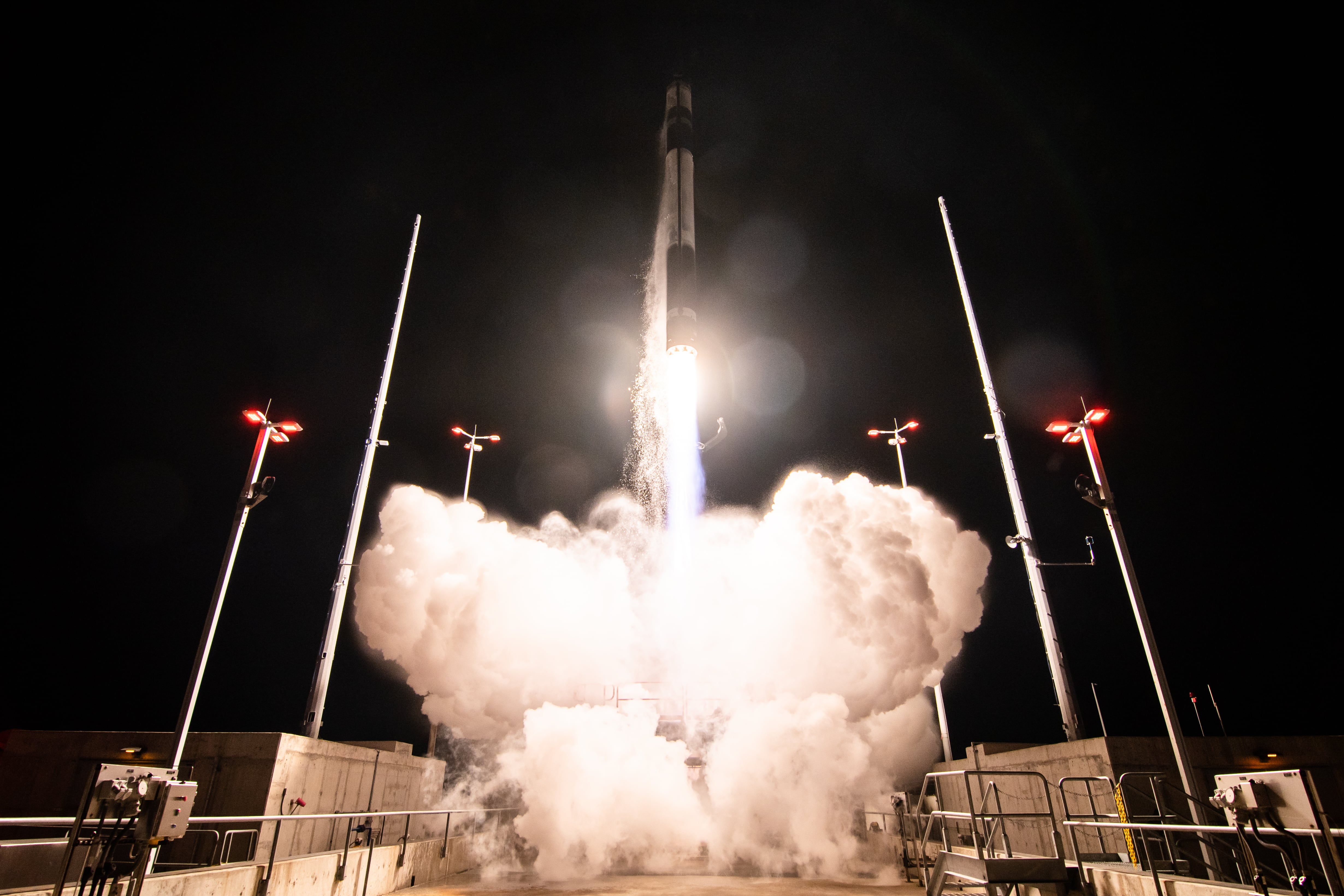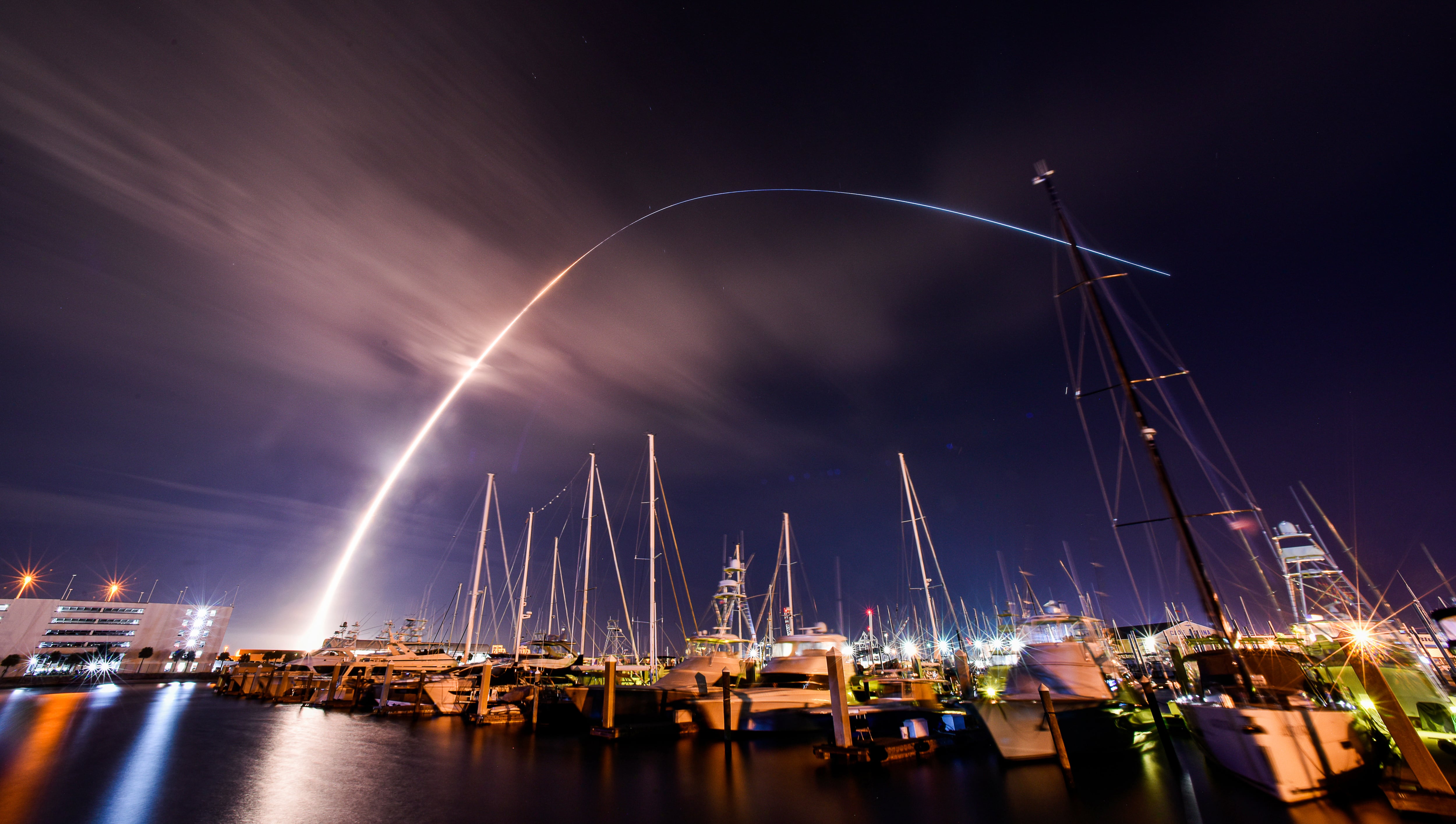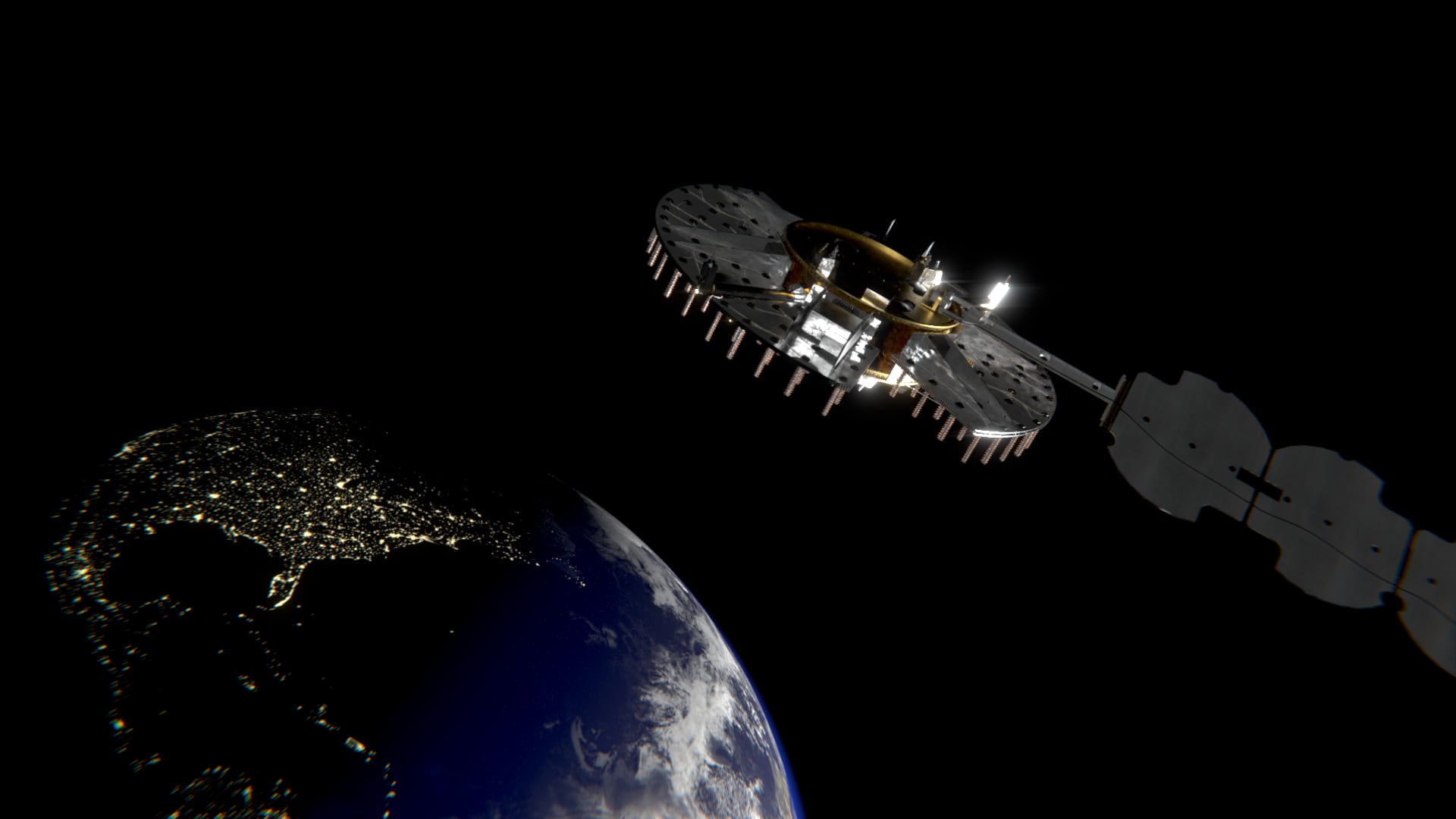A pair of recent awards highlights the Air Force's efforts to develop cutting-edge materials in support of the electronic systems that underlie the C4ISR mission.
The U.S. Air Force Research Laboratory (AFRL) signed a $43.75 million contract with UES Inc. for the development of materials integrity, and another $42 million contract for work on advanced materials for magnetic, electronic and electro-optical materials applications.
"Microelectronics are ubiquitous to Air Force systems. They are critical to all C4ISR functions," said Don Dorsey, a materials researcher with the Air Force Research Laboratory's Materials and Manufacturing Directorate. "They are critical for the miniaturization of electronic systems, which in turn enables the realization of C4ISR capabilities in future systems."
Researchers are looking at a range of materials including semiconductors, magnetic materials and electro optical materials, as well as combinations of these materials, said Veeraraghavan Sundar, UES manager for emerging products.
The objective in general is to drive better performance from these materials, which often are key components in larger systems.
"In the broadest sense it is about optimizing the processing, understanding their failure loads and how to best improve their reliability and their functional operations," Sundar said.
What constitutes "better" in the world of microelectronics? The parameters are broad. The Air Force wants researchers to improve thermal response — how well a material performs in extreme temperature. Materials should be radiation-hardened in order to endure extended UV exposure. They’re also looking at physical qualities such as tensile strength.
In practical terms, improvements in these areas should drive better systems performance.
"I want it to hold a specific charge or to operate on a specific frequency," Sundar said. "Or somebody might shoot microwaves or lasers or a big electro-magnetic pulse at your sensor, so we need to make sure these materials are shielded and hardened."
By supporting uninterrupted situational awareness between warfighters, systems, commanders and allies, enhancements to these fundamental materials helps ensure electronic warfare superiority.
"Maintaining uninterrupted access to real-time situational awareness will help ensure warfighter safety and effectiveness," said Brandon Howe, a materials researcher at AFRL.
"Current C4ISR technologies are very much materials performance limited," he said. Through the UES contracts and other work, "Air Force is developing new growth processes to explore low cost ways of producing new materials that we can combine existing materials that previously could not be."
The UES work also includes research into the materials that support body-worn sensors. "How tired is a person? Can we tell if a person is over-stretched and rotate in fresh resources?" Sundar said. The right materials could help tactical planners glean such data and make critical decisions on the spot. Breakthroughs here could find implementation in the AFRL Maker Hub: That production space was recently used by the AFRL Junior Force Warfighters Operations program to generate initial experimental designs for advanced flexible body armor.
In the world of C4ISR, the materials under investigation could have impact in diverse systems. These may include infrared detectors, microwave systems, secure communications, power generation and management systems, and also RF and microwave communications.
"You may want to drive communications signal further or be more sensitive to a particular signal that’s coming in. You may want frequency selectivity, the ability to monitor a particular signal," Sundar said. "There is a lot of electronic noise out there and we want defense systems to be incredibly selective about the signal they pick up. That starts with the semiconductors and the materials you choose to build that system out of."
Most of this research is long-term in nature and likely won’t come to fruition for five to 10 years. This presents a special challenge to researchers, who are tasked with developing materials in support of missions that have not yet been defined.
"When we are looking that far into the future, it means understanding not just the material but also the capabilities," Sundar said. "This is about projecting those future capabilities and then developing the materials to support those needs and address those threats."







